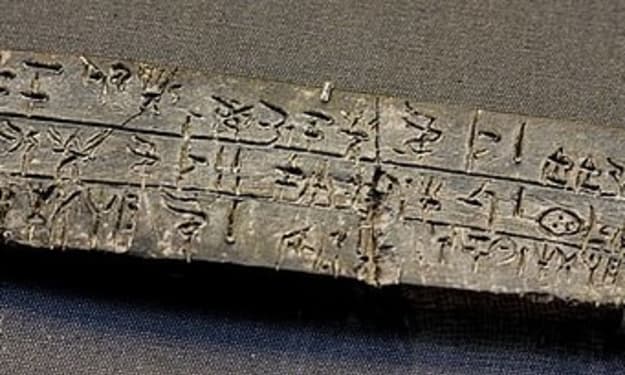Singapore
Early History ** Singapore's early history is marked by its position as a trading harborage. Archaeological substantiation suggests that the islet was inhabited as early as the 2nd century announcement by indigenous Malay people. Over time, Singapore came part of colorful Malay fiefdoms, including Srivijaya and Majapahit.

Then is a detailed history of Singapore Singapore's history is rich and different, gauging over centuries of colonization, trade, and artistic exchange. positioned at the southern tip of the Malay Peninsula, its strategic position has made it a vital mecca for trade and commerce throughout history.
1. ** Early History ** Singapore's early history is marked by its position as a trading harborage. Archaeological substantiation suggests that the islet was inhabited as early as the 2nd century announcement by indigenous Malay people. Over time, Singapore came part of colorful Malay fiefdoms, including Srivijaya and Majapahit.
2. ** social Period ** The ultramodern history of Singapore begins with its colonization by the British in the early 19th century. Sir Stamford Raffles, an functionary of the British East India Company, established a trading post on the islet in 1819. Under British rule, Singapore flourished as a center of trade, attracting emigrants from China, India, and other corridor of Asia.
3. ** Japanese Occupation ** During World War II, Singapore fell to Japanese forces in 1942, leading to a period of harsh occupation. The Japanese occupation was marked by atrocities and suffering, including the ignominious Sook Ching butchery. After the war, Singapore returned to British control, but the experience of occupation fueled nationalist sentiment among the original population.
4. ** Road to Independence ** In thepost-war period, Singapore endured significant social and political changes. The rise of nationalism, coupled with profitable challenges and demands for tone- governance, led to the conformation of political parties championing for independence. The People's Action Party( PAP), led by Lee Kuan Yew, surfaced as the dominant political force.
5. ** junction and Separation ** In 1963, Singapore joined the Federation of Malaysia, hoping to achieve lesser profitable substance and security. still, pressures between the central government in Kuala Lumpur and the PAP- led government in Singapore soon surfaced, leading to ethnical and political uneasiness. In 1965, Singapore was expelled from Malaysia and came an independent democracy.
6. ** Nation- Building ** The times following independence were marked by rapid-fire industrialization and nation- structure sweats. Under the leadership of Lee Kuan Yew, Singapore pursued realistic profitable programs concentrated on attracting foreign investment, developing structure, and promoting education. The country converted from a social trading post into a ultramodern megalopolis.
7. ** Multicultural Society ** Singapore's population is different, comprising ethnical Chinese, Malays, Indians, and other nonage groups. The government enforced programs promoting ethnical harmony and multiculturalism, similar as the Speak Mandarin Campaign and the Ethnical Integration Policy. While these programs have been successful in maintaining social stability, they've also sparked debates about artistic identity and assimilation.
8. ** Political elaboration ** Singapore has been governed by the PAP since independence, maintaining a dominant position in politics. While the country has amulti-party system, opposition parties have plodded to gain significant traction due to colorful factors, including electoral laws and government control of the media. still, there have been signs of political liberalization in recent times, with the emergence of indispensable voices and lesser public scrutiny of government programs.
9. ** Global City ** moment, Singapore is a global fiscal center and one of the most prosperous countries in the world. Its frugality is characterized by advanced manufacturing, finance, and technology sectors. The country is also known for its effective structure, low crime rate, and high standard of living. still, Singapore faces challenges similar as income inequality, an growing population, and environmental sustainability.
In conclusion, Singapore's history is a testament to its adaptability and rigidity. From its humble onsets as a trading harborage to its current status as a thriving ultramodern nation, Singapore has overcome multitudinous obstacles to come a lamp of success in Southeast Asia. As it continues to navigate the complications of the 21st century, Singapore remains a model of profitable development and social cohesion for the world.
About the Creator
Enjoyed the story? Support the Creator.
Subscribe for free to receive all their stories in your feed. You could also pledge your support or give them a one-off tip, letting them know you appreciate their work.





Comments (2)
Oh, a bit of Singapore history. Loved it!
Interesting and delicious content, keep posting more.